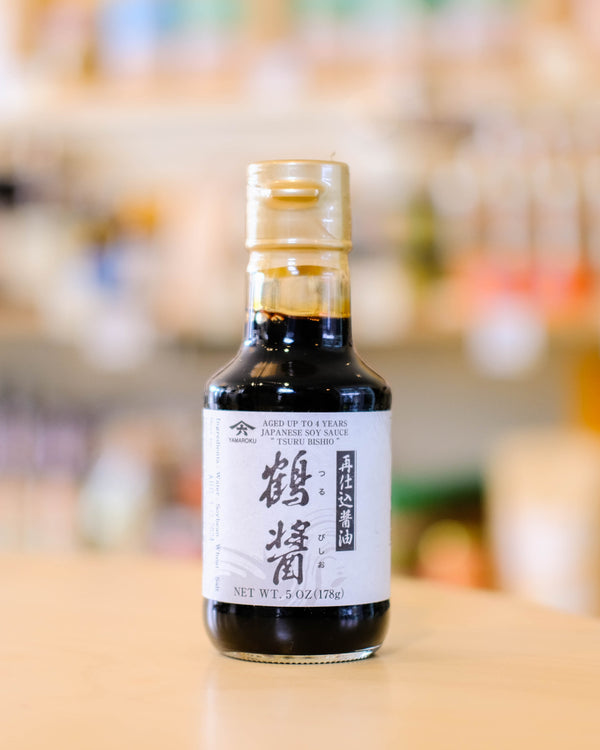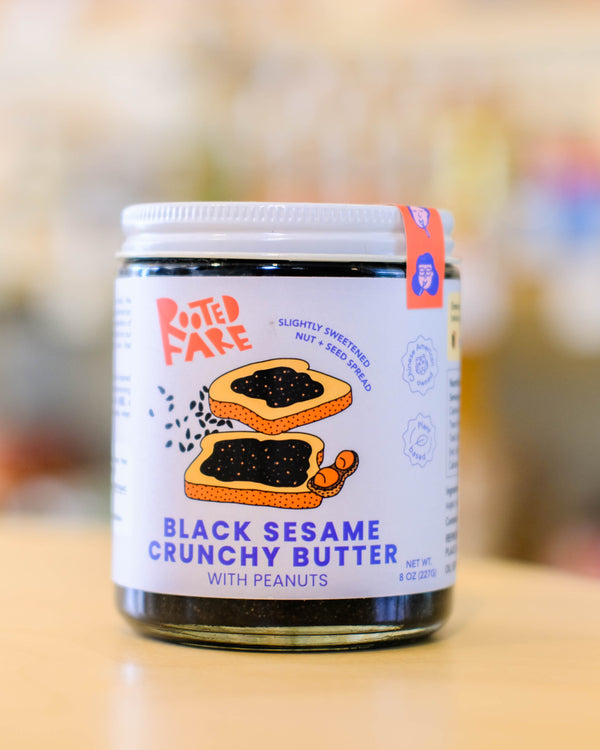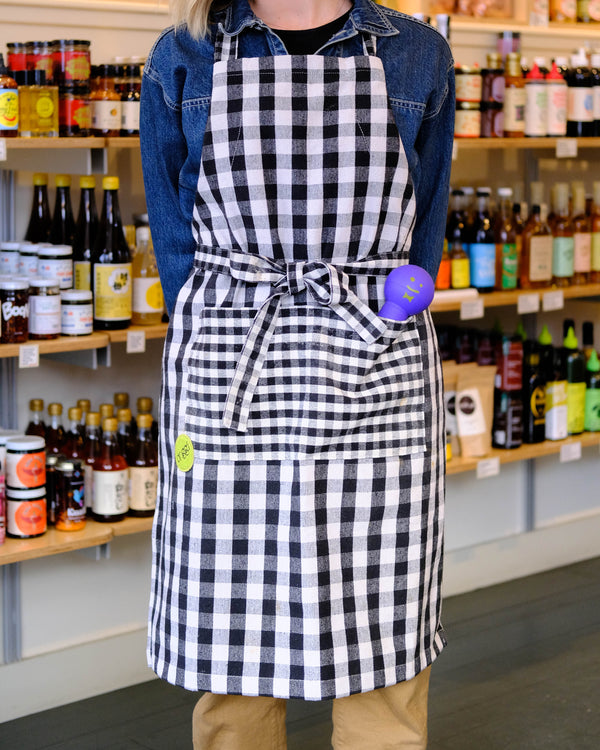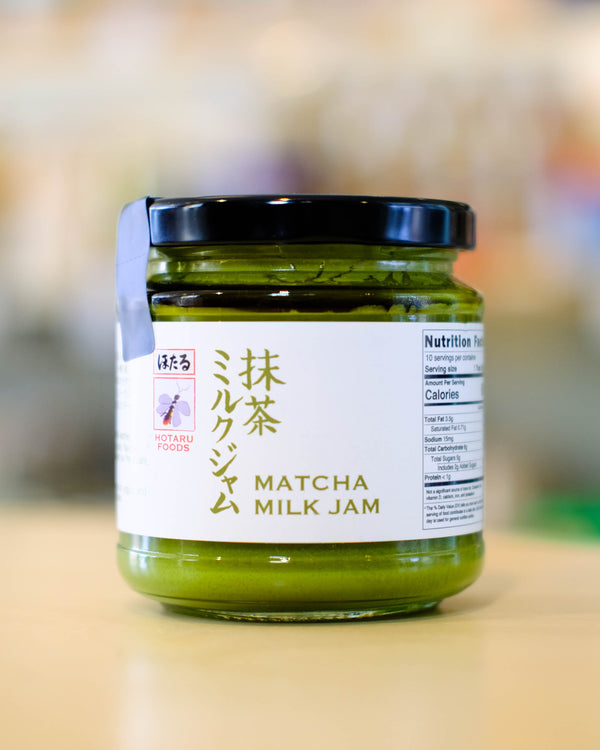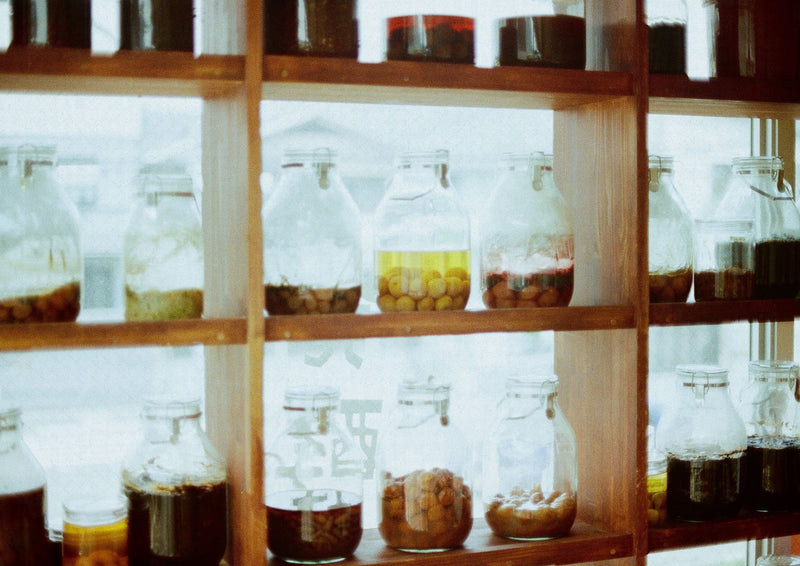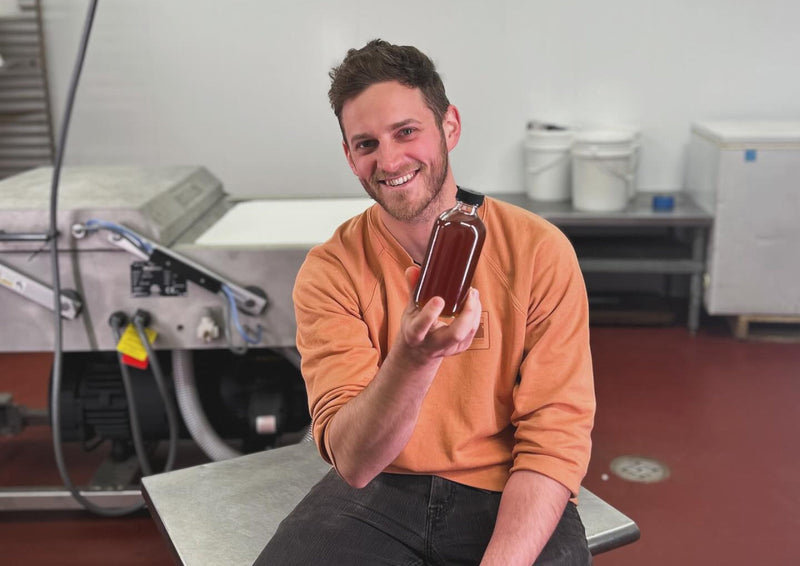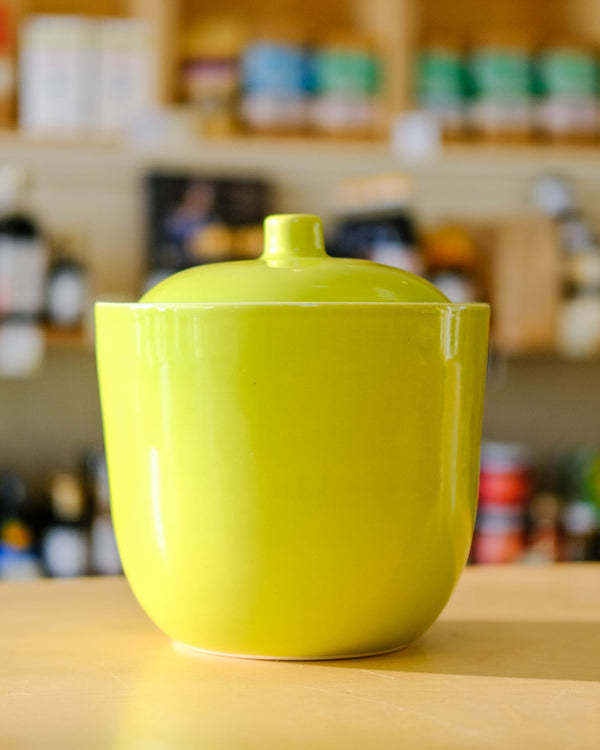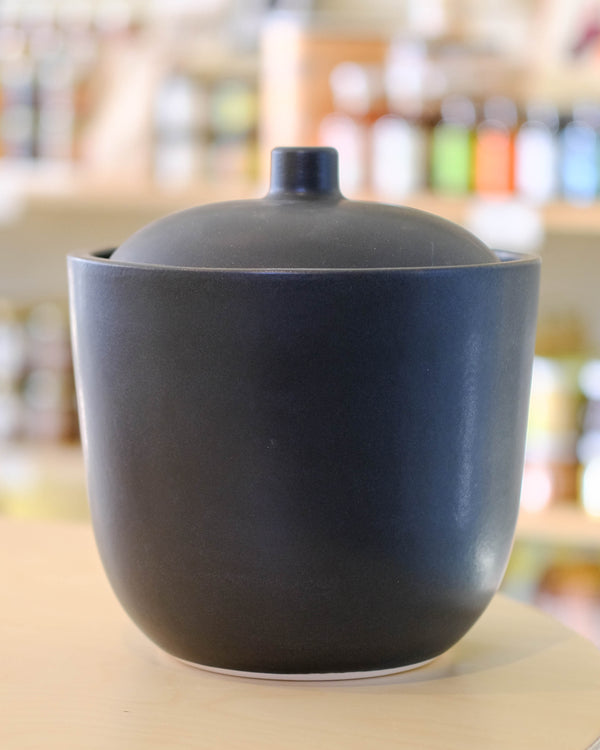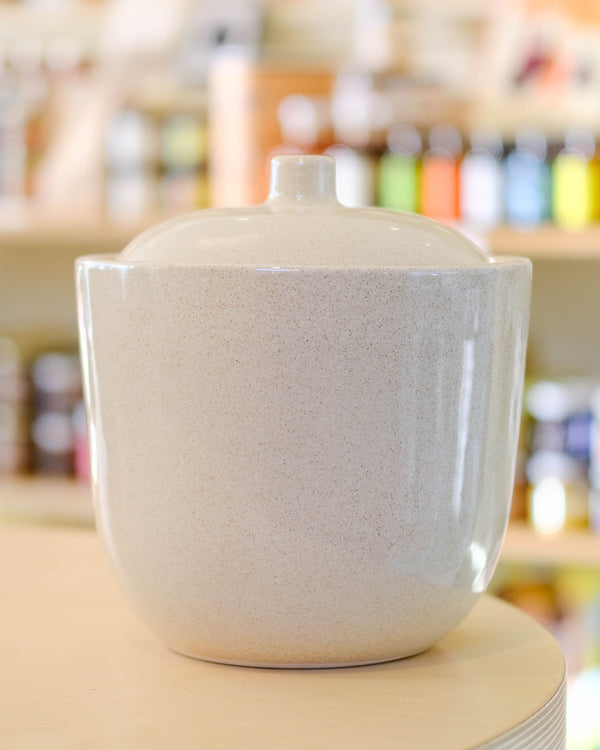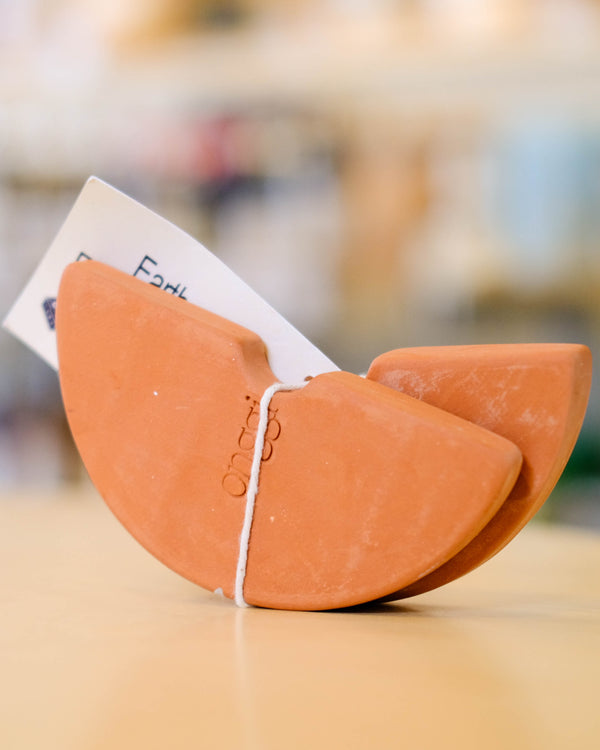With the first few steps inside our market, Onggi customers are almost immediately greeted by the smooth, polished lines of Troy Yoshimoto’s water-seal fermentation crock. From its appearance to its usage, Troy has married minimalism and practicality in his work: a feat that has not gone unnoticed by Onggi’s growing community.
It’s common while hanging out in the shop to hear many curious questions and comments about Troy’s ceramics, especially compliments regarding their effortlessly simple, yet graceful appearance. Many of our customers are often struck by Troy’s ability to echo the movement of water in his pieces, as seen in the soft flowing waves that ripple across the surface of his hand-thrown chawan matcha bowls.
As a good friend of ours here at Onggi, we know Troy to be an artist who flows much like water himself, with a wealth of curiosity and reverence for the natural world beneath his calm and easy-going demeanor. In a constant state of motion between the many places he calls home around the world, Troy is an avid outdoorsman with a passion for fly fishing and surfing and an industrial designer who has crafted a range of products from outdoor gear to electronics.
I sat down with Troy in front of our cafe on a rainy Friday afternoon to better understand the person behind some of Onggi’s most popular kitchen wares.

Alli: Tell me a bit about your background. How did you become interested in making ceramics?
Troy: Since I was a kid, I was always making things with my hands. I think I have always had a natural obsession with needing to craft with my hands. I got into ceramics in college when I was in design school. Design school and the art department were separate, so design school was very technical and structured: utilizing more plastics and metal, more like manufacturing. I ended up taking an elective ceramics class in the art department and it was a nice balance of being able to make things that could be used in the kitchen within a week.
In the industrial design space, we were working with foam, resin, 3D prints, and laser cutters. I think there is something so natural and archaic about ceramics that I am really drawn to. Your toolbox is basically (processed) dirt, minerals, and elements with time and heat. Everything is by feel and requires that “just right” feeling to it. The only way to make what you want is through experimentation and trial and error. Outside of work, I like to spend my time away from screens. So I kind of fell in love with the analogue process and started ceramics then.
Alli: At Onggi, we sell your fermentation crocks and tea ware, but you also design and make incense holders. What inspires your work? What inspired you to make these kinds of wares?
Troy: For things like the Onggi crock, it was the process of fermentation that was inspiring to me and how it gets used in the home. How people store the crock and how it can be something display worthy. You know, when it’s not in use, it can still be something beautiful to look at on your kitchen countertop. I think it’s mostly usage that inspires a lot of my work - how people gravitate towards certain passions like tea, coffee, or fermentation. Like, a chawan bowl for matcha could also be your yogurt bowl.
Alli: That makes sense. So, the functionality of a piece drives a lot of your creation. Would you say that is part of your industrial design background coming into your creation process?
Troy: For sure! For things like incense holders, I’m always thinking about ways to make it better. I love the ritual of lighting a stick of incense, so thinking through pain points like having to sweep up ashes. I think my ultimate goal is for people to love using these pieces and love having something that will hopefully last them forever and grow with them.
Alli: Anyone familiar with your work can see you are greatly influenced by water! Can you tell me more about how water inspires your pieces?
Troy: Much like making things is a natural obsession of mine, water has always been that obsession. I think it got pushed even further when I learned about fly fishing and surfing. It’s a feeling that I want to capture, but since I am not a photographer, I think my method has been in clay. When I think about whoever is using my pieces for their morning matcha, coffee, or whatever it is, I want to invoke that feeling of staring out at water.
I love taking rocks back from the river and I think rocks represent a time and place of erosion, of their life alongside the river. That’s a beautiful thing. And if I was able to take water back home like that, I would. But obviously I can’t, so I want to mentally capture those moments in my mind when water conditions are really nice and bring that feeling to other people.
Alli: I would say you do that intuitively, and that’s a comment I hear recurrently in our marketspace: how well you capture the movement of water in your pieces.
Troy: Thank you.
Alli: Walk me through your creation process: when you are making a piece, what does the process look like from conception to the final product?
Troy: A lot of it is through trial and error. Often I will have an idea in my mind that I am already envisioning, but the end result is never what I initially set out to do- for the better. It’s always very humbling, because I can be so set on something, but through the process of constantly making, other things are uncovered. Sometimes it’s completely a mistake or an impression left by a certain tool or a texture that can only happen when the clay is in a wetter stage. I now try and really pay attention to those things that surprise me. It’s a process to feel the clay out and feel how it wants to be molded. That’s the biggest thing- letting the clay do what it wants to.
For Moving Water, I think the earlier iterations were in white [color] and just one stroke of waves on a cup. Little by little, it became more of a body of water across the entire cup with a blue (but not too blue) glaze. I am always tweaking the amount of "blue" in the glaze.

Alli: I know the making of the Onggi crock involved a lot of pre-planning and design before its creation. How does your background in industrial design influence your creation process?
Troy: The crock specifically required a lot of industrial design knowledge in terms of the manufacturing process, because it is slip casted. Then, working through things like the water seal- that’s a particularly tricky part, because it also bridges the inside vessel to the outside shape. The inside needs to move air and gasses upwards so that air and gas don’t get trapped, but I wanted all of that to happen within a pure outer shape. It also needed to be easy to clean and work with the Onggi fermentation weights we had previously designed.
It was awesome to work with Meg from C&M Ceramics on the slip casting - she did an amazing job of troubleshooting the molding process on that. In terms of manufacturing multiple pieces, the industrial design background definitely comes into play. I specifically remember I wanted the handle of the crock to go outwards, to be easier to grip. But, that would have made the mold more complex and expensive. So, there are things in the form that we are able to adjust to make the molds more efficient to produce.
Alli: It sounds like there are a lot of technical elements involved.
Troy: It was kind of a dream project because I got to work with Marcus, Erin, and Amy on how people would use the crock for fermentation. Volume was something we were working on balancing while making it a counter worthy piece and something that people can start their fermentation journey with.
Once we figured out the right size for what we wanted, we could play around. For this project, it was mostly on the computer. I didn’t do much on the wheel because the crock’s size is so big. It would be huge to take on the wheel. It was more about dialing in the sizing with the team, making sure the geometry is good for the fermentation process, finding a shape that feels like the Onggi brand, then getting some 3D prints to prototype, and iteration with C&M on the mold process. Then, we got to pick out some glazes. We had a fun surprise when we realized the matte black glaze allows you to write in chalk things like the date you start a ferment.
Alli: Those of us who know you at Onggi know that you have grown up and lived in many places outside of Maine - Hawai’i and California included! How has living in these places influenced your work?
Troy: Yeah, that’s interesting. That’s a hard question!
Alli: That’s okay!
Troy: I’ve been fortunate to live in places with beautiful water. Each place has its unique water conditions that I get to study thanks to surfing and fishing. I also think living in different places and being in different studios- right now [in Maine] I’m at Handful Studios- there are just so many tools at your disposal to work with that inevitably leads to more experimentation and more play. When you have all of these things to work with, I think being at different studios opens up your mind to so many different things and styles. I’m really grateful to Handful for allowing me to continue to experiment. I was doing the wheel for a while, but there are also handbuilding tools and slab rollers, extruders, everything, so I started doing more handbuilt pieces. I think it opens me up to new things.
Alli: I imagine working in different studios opens you up to the styles of different artists as well.
Troy: For sure. I think just seeing what people gravitate towards in their making is really interesting to see. Everyone has their set of things that they like to make.
Alli: We at Onggi know- but so might anyone who follows you on Instagram- family and heritage are important to you. Do these themes influence your work at all?
Troy: They’ve been on the back of my mind for some future project at some time, but I don’t think it comes out in my ceramics right now. There’s a little bit of a disconnect. I think my appreciation for Japanese pottery isn’t something I grew up with, but more when I went to Japan for the first time and thought, “Oh, I love this!” You know? Japanese American heritage is something I definitely want to push into my art in some way. I just haven’t had it manifest yet. My ceramics right now are more focused on my obsession with water.
There is probably something intertwined there. My ceramics and the natural rhythms of nature weren’t always connected, as they are now. They eventually all merged together, but they felt very separate a while ago. In my old work, I was focused on just trying to be perfect, clean, minimal. But now, I’ve stopped separating them and began seeing the commonalities and they have all kind of merged. So maybe there’s something in there [connected to family and heritage] that will come out.
Alli: What do you hope owners of your pieces take away from your work in their everyday use?
Troy: I just hope that every time they use a piece of mine, it gives them that feeling of being near water or gazing out into a moving body of water.

Alli: What are you working on next?
Troy: Right now, I am still making some moving water pieces, but I am also mimicking rocks. That’s another texture I want to experiment with. I think I am continuing my journey of mimicking patterns and rhythms of nature.
Alli: Well, we’re certainly looking forward to that! Thank you so much for taking time today!
Troy: Thank you!
You can find Troy’s ceramics in our shop, or stay up to date with his latest work here.



